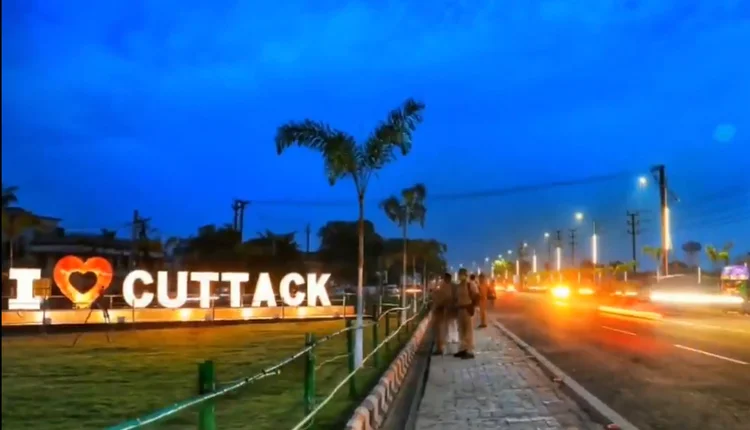Cuttack is the former capital and second largest city of the Indian state of Odisha. It is the headquarters of Cuttack district. The city's name is an English form of the Odia and Sanskrit name Kataka, which literally means The Fort, a reference to the ancient Barabati Fort around which the city initially developed. Cuttack is known as the Millennium City and also the Silver City due to its 1000 years of history and famous silver filigree work. The Orissa High Court is located there. It is the commercial capital of Odisha, where many business and commercial houses are located in and around the city. Cuttack is famous for its Durga Puja, one of the most important festivals of Odisha. Cuttack is also the birthplace of Indian nationalist and freedom fighter Netaji Subhas Chandra Bose of Bengal. The city is classified as a Tier II city as per the classification system used by the Government of India.
The old and main part of the city lies on a strip of land between the Kathajodi River and the Mahanadi River, bordered to the southeast by Old Jagannath Road. The city is part of the Cuttack Municipal Corporation, which consists of 59 wards. Cuttack extends from Phulnakhara through Kathajodi in the south to Choudwar in the north across the Birupa River, while in the east it begins at Kandarpur and runs west to Naraj. Four rivers, including Mahanadi and its tributaries Kathajodi, Kuakhai and Birupa, pass through the city. Furthermore, Kathajodi is divided into Devi and Biluakhai, which often makes the geographical area look like fibrous roots.
Cuttack and Bhubaneswar are often referred to as the twin cities of Odisha. The metropolitan area formed by the two cities has a population of 1.862 million as of 2018. Cuttack, an unplanned city, is characterized by a labyrinth of streets, alleys and lanes that have earned it the nickname of city with Bauna Bazaar, Tepana Galee and , that is, 52 markets and 53 streets.

